DOWNLOAD GUIDE: 6 considerations for a successful electrification journey
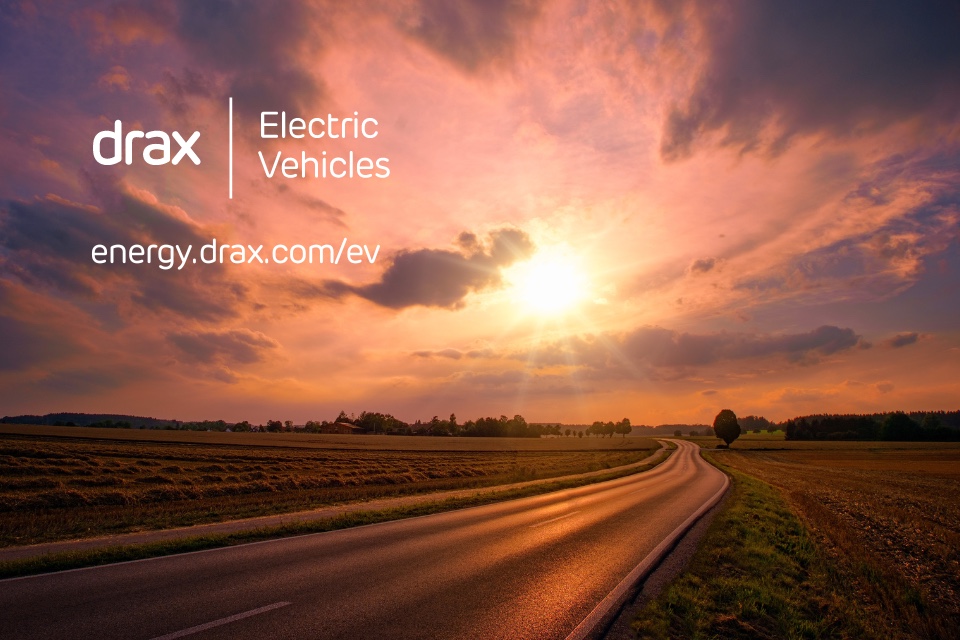
Mapping out your electrification journey – whether it’s to power your electric fleet or provide charging facilities for customers, visitors, or staff – is vital to avoid expensive mistakes. ‘Plug into progress‘ a guide from Drax, looks at six key elements organisations should consider when planning EV charging infrastructure. Scoping the route from assessment– through […]
Lotus enters the EV charging arena

Lotus has launched its own electric vehicle (EV) charging solutions, including an ultra-fast 450 kW DC charger, power cabinet and a modular unit for charging up to four vehicles at once. The sports car maker sats charging anxiety remains one of the main barriers to electric vehicle adoption, with nearly 80% of the public citing […]
THE WHICHEV VIEW: Petrol Vs Public Charging Vs Home Charging – Compared
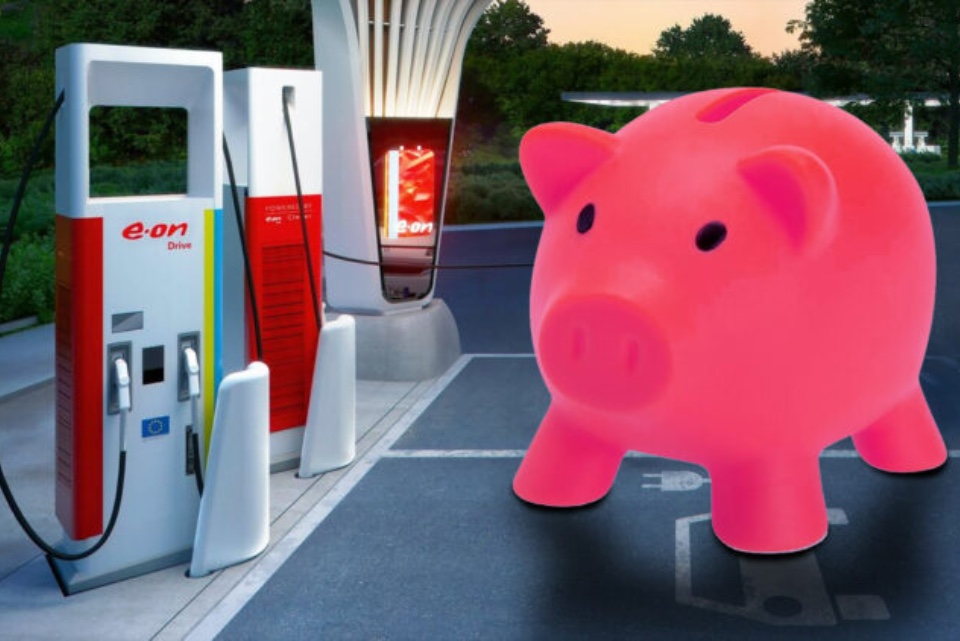
By WhichEV As part of its EV Answers series of articles, the expert team at WhichEV take a look at a small commercial vehicles and the fuel cost differences from fossil fuel to public charging to ‘at base’ charging… Petrol First, let’s consider range. If you recently decided to fill a 50 litre tank with […]
EV charging infrastructure for fleets – Where to start
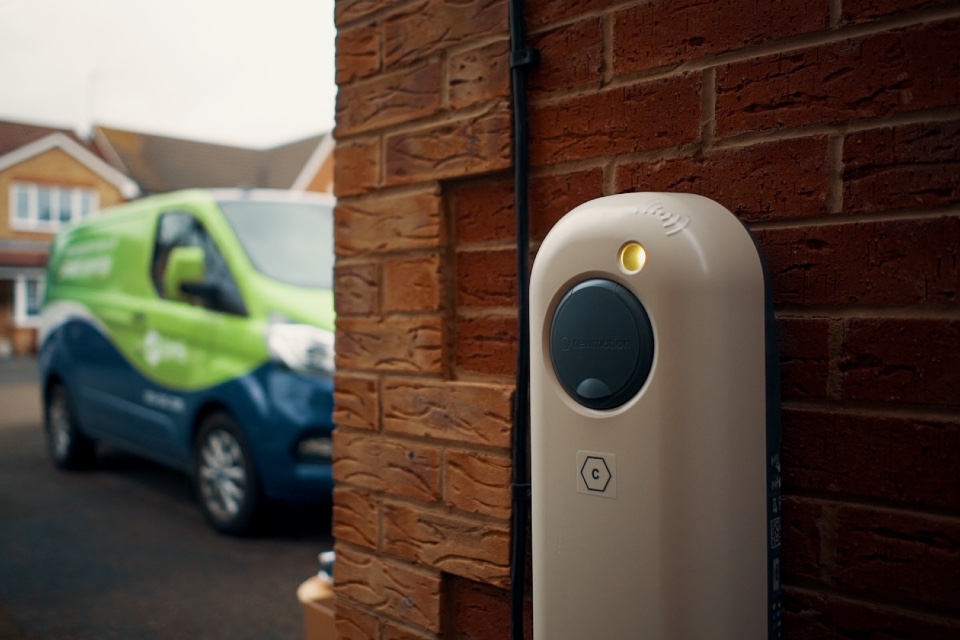
The simple fact is that electric vehicles (EVs) are the future of transport. A recent report from the Society of Motor Manufacturers and Traders (SMMT) revealed that one battery electric car is registered every 60 seconds and that exponential growth in EVs is being accelerated by fleet sales. It’s clear that those in the fleet industry […]
Fleet Car EV Charging Solutions: Everything you need to know
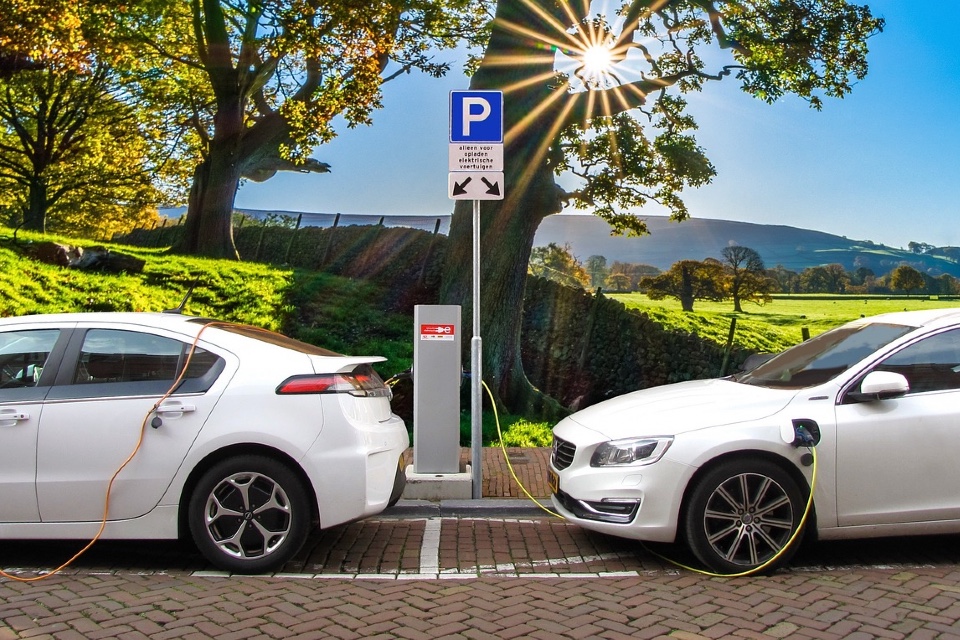
With the UK government’s pledge to end the sale of new petrol and diesel vehicles by 2030 (at time of writing!), electric vehicles (EVs) are set to become the norm. For businesses managing fleets, integrating EV charging solutions is an inevitable step forward. Here are the essential factors businesses should weigh when sourcing EV charging […]
IKEA invests £4.5 million in UK fleet EV charging infrastructure
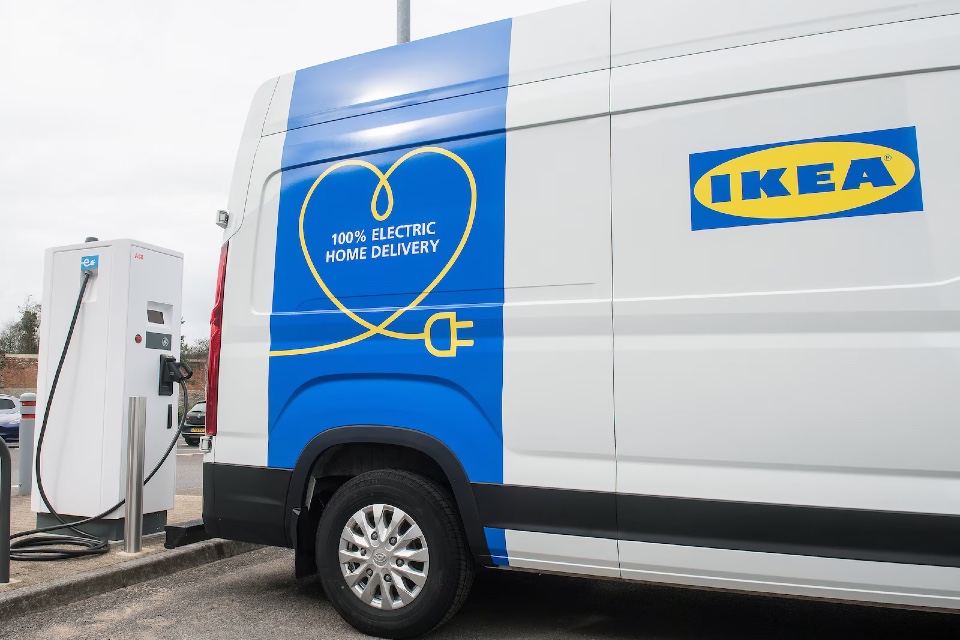
IKEA UK has made a £4.5million investment in a nationwide electric charging infrastructure, which will provide charging points for electric delivery vehicles across the country to enable more emissions-free deliveries. The new infrastructure will source energy entirely through renewable sources. The retailer aims to reach 100% zero emissions deliveries to customers by 2025. By summer […]
How much will solar and batteries play a part in your company’s future?

By WhichEV We all know that electricity prices come down by up to 75% at night, but few of us have suitable storage set up to take advantage of those rates. But what about during the day? One solution is to ‘go solar’. Until recently, that would have meant a HUGE surface of your building needing […]
Introducing… the EV Fleet-at-Home Charging solution from SMS
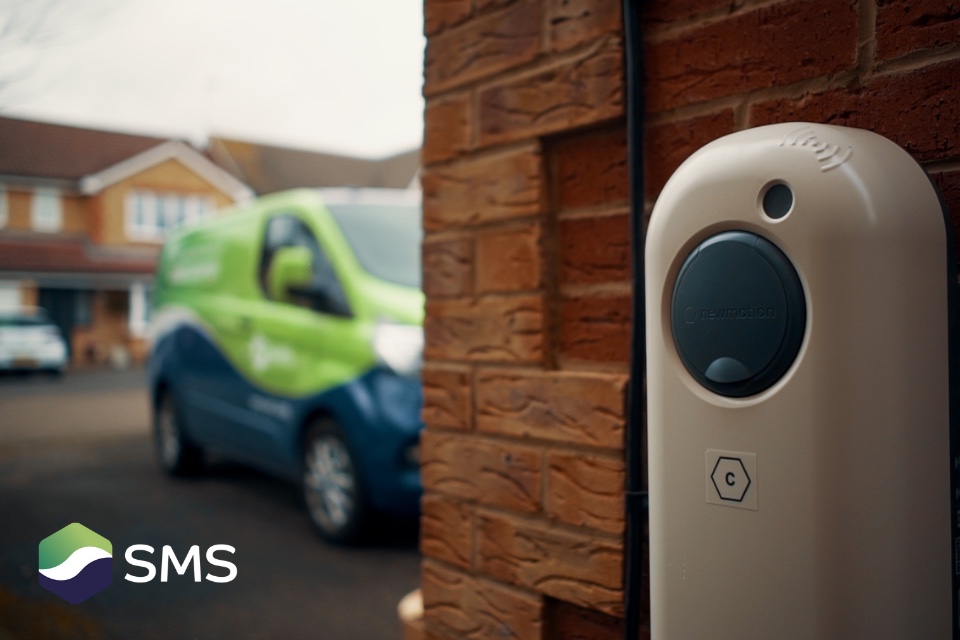
By SMS plc Energy infrastructure expert, SMS plc, is offering fleet managers across the UK a smarter way to manage their transition to an EV fleet. SMS’s new Fleet-at-Home EV Fleet Charging Solution brings together EV charging infrastructure with premium support and fleet management services, enabling fleet managers to better manage their EV fleets and maintain the support […]
Rapid charging grows public charging devices 36% in 2022
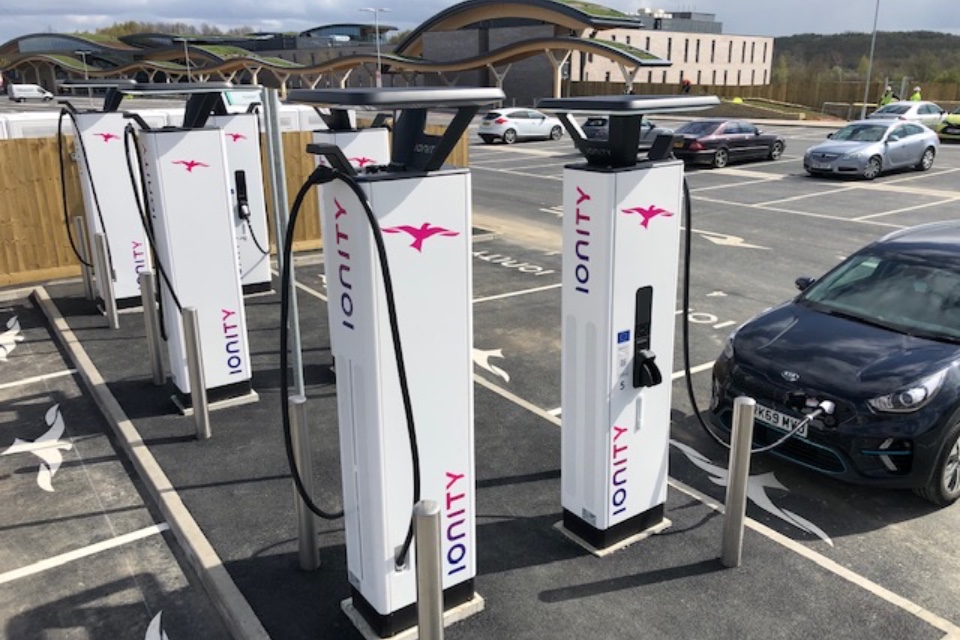
By WhichEV The increase in the rate of consumer movement from petrol/diesel based cars – across the electric vehicles – is now being matched by the increased rate of deployment for fast public chargers. The Government has, over recent years, invested in this expansion of the charging infrastructure – and it would appear that we […]
Futureproof your fleet and meet regulatory Net Zero deadlines!
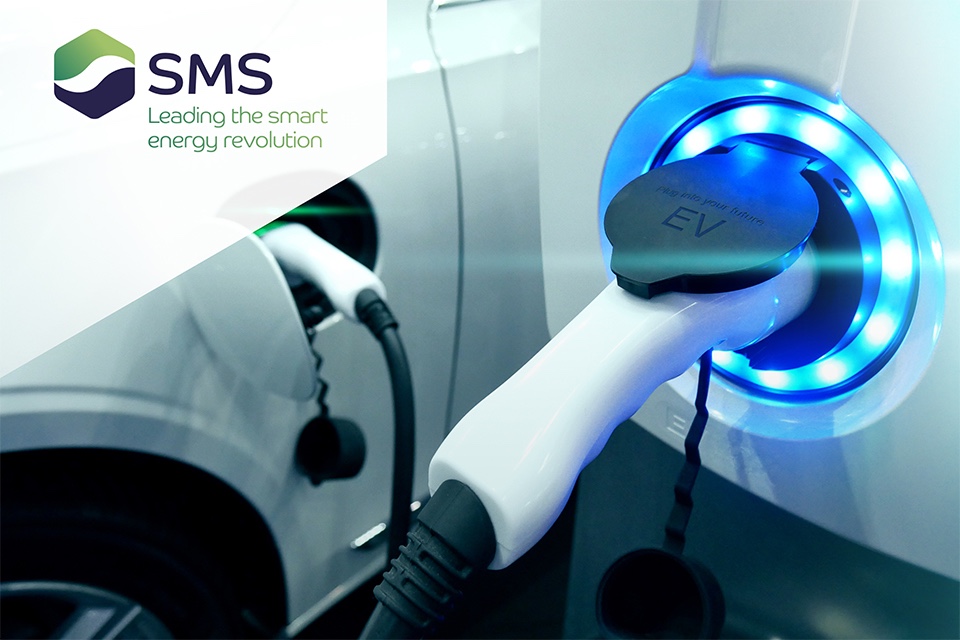
The UK Government’s ban on the sale of petrol and diesel cars has been brought forward to 2030, meaning the time to start your EV journey is now. Our expertise in delivering electrical infrastructure, our nationwide installation, operation and maintenance capabilities, and our independent hardware-agnostic approach makes SMS the perfect partner for your EV charging […]


